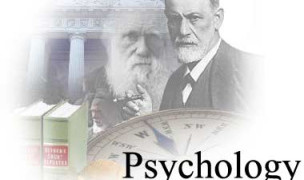 5 Terms
5 TermsHome > Terms > Armenian (HY) > դասական տնտեսագետներ
դասական տնտեսագետներ
The dominant theory of economics from the 18th century to the 20th century, when it evolved into Neo-classical economics. Classical economists, who included Adam Smith, David Ricardo and John Stuart Mill, believed that the pursuit of individual self-interest produced the greatest possible economic benefits for society as a whole through the power of the invisible hand. They also believed that an economy is always in equilibrium or moving towards it. Equilibrium was ensured in the labor market by movements in wages and in the capital market by changes in the rate of interest. The interest rate ensured that total savings in an economy were equal to total investment. In disequilibrium, higher interest rates encouraged more saving and less investment, and lower rates meant less saving and more investment. When the demand for labor rose or fell, wages would also rise or fall to keep the workforce at full employment. In the 1920s and 1930s, John Maynard Keynes attacked some of the main beliefs of classical and neo-classical economics, which became unfashionable. In particular, he argued that the rate of interest was determined or influenced by the speculative actions of investors in bonds and that wages were inflexible downwards, so that if demand for labor fell, the result would be higher unemployment rather than cheaper workers.
- Part of Speech: noun
- Synonym(s):
- Blossary:
- Industry/Domain: Economy
- Category: Economics
- Company: The Economist
- Product:
- Acronym-Abbreviation:
Other Languages:
Member comments
Terms in the News
Featured Terms
բանավոր հմտություններ
skills or abilities in oral speech, ability of speech, fluency in speaking
Contributor
Featured blossaries
anton.chausovskyy
0
Terms
25
Blossaries
4
Followers
Intro to Psychology
 5 Terms
5 Terms
bcpallister
0
Terms
1
Blossaries
0
Followers
Joiner Hardware in Relation to Timber Doors and Windows
 1 Terms
1 Terms
Browers Terms By Category
- Software engineering(1411)
- Productivity software(925)
- Unicode standard(481)
- Workstations(445)
- Computer hardware(191)
- Desktop PC(183)
Computer(4168) Terms
- Journalism(537)
- Newspaper(79)
- Investigative journalism(44)
News service(660) Terms
- General astrology(655)
- Zodiac(168)
- Natal astrology(27)
Astrology(850) Terms
- Hand tools(59)
- Garden tools(45)
- General tools(10)
- Construction tools(2)
- Paint brush(1)
Tools(117) Terms
- General law(5868)
- Contracts(640)
- Patent & trademark(449)
- Legal(214)
- US law(77)
- European law(75)


